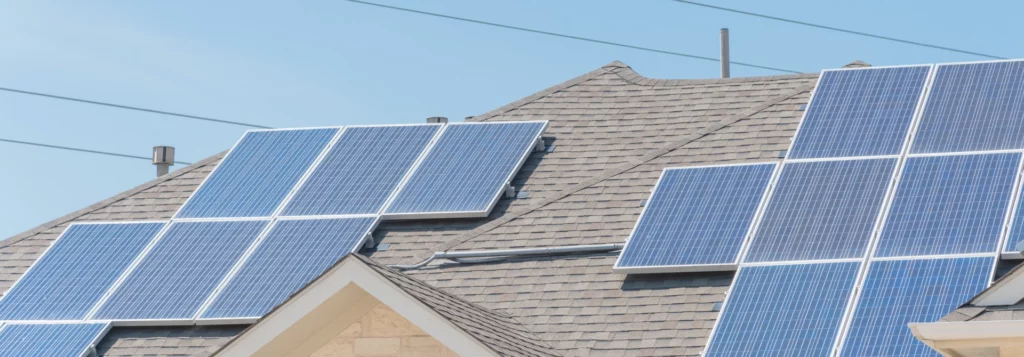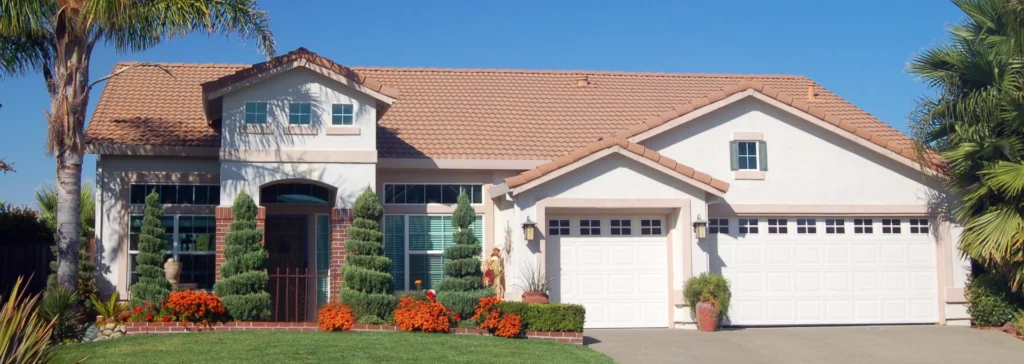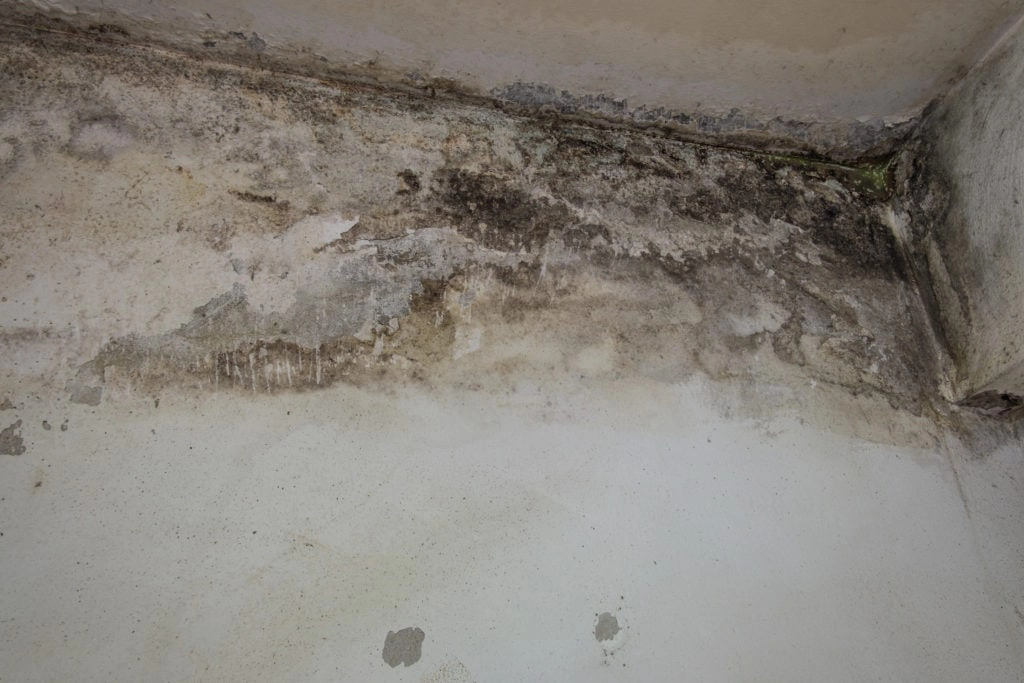Roofs are one of the most important structural elements of a home, as they offer protection from inclement weather, provide insulation to keep your home at an ideal temperature, and can enhance curb appeal.
When it’s time to replace your roof, it can be hard to settle on a roofing material. For example, you might want the most modern roofing material on the market, but you’re limited by budget. Or maybe you’re willing to spend big bucks, but just don’t know the practical difference between asphalt shingles and clay tiles.
By considering the various roofing options available, you’re more likely to choose the one that best suits your home and better satisfies your pocketbook.
Asphalt Shingles
The Good: Asphalt shingles are the most common roof material. They are affordable, offer a variety of attractive style choices, and hold up well under most weather conditions.
If cost is a major concern for you, then asphalt shingles are the way to go. They are the most affordable options, coming in at around $2 to $5 per square foot.
Asphalt shingles are composed of a fiberglass mesh net that is then covered in asphalt and topped with crushed stone granules. You can select the granule color so that the roof fits the style and paint colors of your home. Fiberglass shingles are lightweight and resist tearing.

The Bad: They don’t last as long as other materials, meaning that while upfront cost is more affordable, lifetime cost is likely to be more expensive. One reason they don’t last as long is because asphalt shingles are prone to cracking due to temperature extremes. Extreme heat, sun exposure, freezing temperatures and frost can cause cracking. Algae growth can also occur if moisture becomes trapped in the shingles. Higher humidity areas are more prone to this phenomenon. While algae won’t pose a structural threat to your roof or home, it is unsightly, and often requires professional cleaning.
Asphalt shingles are not as energy efficient as other options—you might notice that the temperature inside your home is a little hotter than you’d like during summer, and the opposite during winter. That means that you will likely use your air conditioner or furnace more often, costing you more on your monthly electricity bill.
The Verdict: The most affordable option, asphalt tiles are great if you have plans to sell your home in the near future, or if you are comfortable with redoing your roof sometime in the next 10 or 15 years. Other materials offer a better combination of long-term cost and durability.
Wood Shingles & Shakes
The Good: Offered in cedar, redwood, cypress, or pine, wood shingles and shakes provide a traditional look, and better insulate your home compared to asphalt shingles.
Wood shingles are machine-cut, and feature clean edges, while wood shakes are hand cut and more rustic-looking, like roofs you might find on an old barn. Wood roofing is in the middle as far as price goes. Shakes cost more because they are truly custom, so you could wind up paying close to $15 per square foot if you order shakes cut to your liking.
As mentioned, wood roofing does a good job at insulating your home, and lasts 5 to 10 years longer than asphalt shingles. Even though they’re priced higher, there’s a good chance you won’t have to replace them for twenty years or more.

The Bad: Untreated wood has a poor fire safety rating, but untreated wood is also less expensive than treated wood. If your highest priority is keeping costs low, it’s probably better to go with asphalt shingles, or stretch the budget a bit more for treated wood to reduce likelihood of fire. Many counties, particularly in California, have laws regarding wood roofs. In these regions, roofs must be built with fire retardant materials. These rules are quite strict, sometimes outright prohibiting the installation of all wood shingle and shake roofs, treated or otherwise.
Wood roofing is durable, but repairs can be expensive. You should budget for issues that may arise during the lifetime of the roof.
The Verdict: If you’re after a custom look, wood roofing is the way to go. Since they come handcrafted, be sure to hire an experienced contractor to ensure you’re purchasing quality materials and getting a proper installation. Don’t go with wood if you have a smaller budget. Lower quality, cheaper wood is more prone to fire and less insulated. Be sure to check your local laws, too, since wood roofing may be prohibited in your area.
Clay & Concrete Tiles
The Good: Clay and concrete tiles have been used for centuries. Though they’ve been around forever, these tiles have been modernized with new, stronger material for lasting durability. They also provide that signature traditional look, similar to wood shingles and shakes.
Both clay and concrete tiles offer excellent insulation. Because of the way they are shaped, each tile creates an air pocket that allows heat to escape your home. They’re rated to last upwards of 50 years with proper installation and maintenance, just as long as metal roofing.

The Bad: Some might find clay or concrete tiles not suitable for their style of home. While asphalt shingles generally go well with any style home, these tiles have a particular look that could make them seem out of place. For reference, they’re often used on Spanish-style homes, but are typically not seen on contemporary houses. Clay and concrete tiles are at the top of the price range, coming in at $10 to $18 per square foot.
General roof maintenance can be difficult, as walking atop the tiles can cause cracking. They don’t hold up well to weight, but are rated to withstand harsh weather.
The Verdict: Clay and concrete tiles offer a premium look at a premium price and are considered very durable. But if your home did not previously have clay or concrete tile roofing, be sure to consider how they will complement the style of your home, as they offer drastically different looks than asphalt or wood roofs.
Metal Sheet or Metal Shingles
The Good: Metal roofing is the ultimate in modern style. This roof type provides excellent insulation and lasting durability. Metal has enjoyed renewed popularity in recent years, thanks to its sleek appearance and ability to be recycled. It’s one of the most environmentally friendly roofing materials on the market.
Metal roofing is highly reflective, which is great for those living in hotter climates. It won’t trap heat, but rather reflect light back towards the sky. This feature lends itself to lower monthly energy costs, especially during the summer.
You can really achieve that modern look with metal roofing. It can be installed either in sheets or individual shingles. Some people prefer the smooth appearance that you get with a metal sheet, while others appreciate the textured look with metal shingles.
Like clay and concrete tiles, you can expect metal roofs to last upwards of 50 years with regular maintenance.

The Bad: The cost of a metal roof is on par with clay and concrete tiles. But what also adds to the price is that many homeowners are required to upgrade the wood sheathing beneath the roof. Metal is known to reverberate sound, and inadequate roof sheathing can make for a noisy roof, which is not something you want to deal with for the next five decades.
Metal can also dent when impacted by a heavy object, and repair is costlier than repairs made to asphalt and wood roofs. But many metal roofs are rated to withstand hail and other objects, so it shouldn’t be an issue.
The Verdict: Metal roofing offers modern style, great insulation, and lasts longer than other materials. But it can be expensive to repair if something ever dents the surface of the roof. Metal roofs are pricey, both in terms of upfront cost and potential maintenance, so consider other options if you’re on a budget.
Choosing the right roofing material is important. There are a variety of options available, each with their own pros and cons. If you choose the material that best suits your budget, needs, and the style of your home, you are sure to be satisfied for years to come.
If you are in need of a roof inspection, be sure to contact North American Home Services! We specialize in roof inspections, and can provide you with a detailed inspection report. Contact us today!




